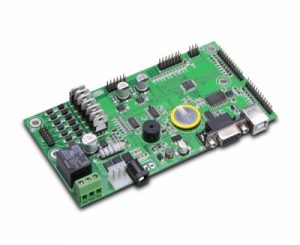The Design and Application of IC PCBs is a must course for those PCB designers to control for modern electronics industry. The Integrated Circuit (IC) Printed Circuit Board (PCB) is the fundamental platform upon which modern electronics are built. It serves as the critical intermediary, providing the physical structure, electrical connections. And thermal management necessary for integrated circuits to function within a larger system. The design and application of these PCBs directly dictate the performance, reliability, and cost of the final electronic product.
Design Of IC PCB
The design of an IC PCB is a complex, multi-faceted engineering challenge. It begins with schematic capture, where we define the logical connections between the IC and other components. Following this, the physical layout stage is crucial. Here, component placement and routing are paramount. High-speed digital ICs and sensitive analog components require careful consideration of signal integrity. Designers must manage trace impedance, minimize crosstalk. And ensure clean power delivery through the use of dedicated power and ground planes.
For radio frequency (RF) ICs, the PCB itself becomes part of the circuit, with trace dimensions and laminate material properties critically affecting performance. Furthermore, thermal management is a primary concern. High-power ICs generate significant heat. Which we must dissipate through thermal vias, heatsinks, and a well-designed copper pour to prevent overheating and ensure long-term reliability. We govern this entire process by Design for Manufacturability (DFM) rules, so that we can ensure to produce the board efficiently and consistently.
The Application Of IC PCB
The applications of IC PCBs are virtually limitless, spanning every sector of technology. In consumer electronics, such as smartphones and laptops, highly dense, multi-layer PCBs host System-on-Chip (SoC) processors and memory. In the telecommunications industry, they form the backbone of network routers and 5G infrastructure, where high-speed data transmission is essential. The automotive sector relies on robust IC PCBs for engine control units (ECUs), infotainment systems. And advanced driver-assistance systems (ADAS), where reliability under harsh conditions is non-negotiable. In industrial and medical fields, we find these PCBs in everything from automation controllers and robotics to MRI machines and patient monitors. Where precision and signal integrity are critical for safety and accuracy.
In conclusion, the IC PCB is far more than a simple passive carrier. It is a sophisticated, actively engineered component that is integral to the functionality of the integrated circuit it hosts. Its meticulous design and broad application make it the unsung hero enabling the continuous advancement of electronic technology.
